Piercy & Co gives an historic London church modern geometries

Working with site constraints and demanding plots is part of every London architect's daily life; what with (understandably) strict local planning laws and increasing urban density, combined with a rich historical fabric that doesn't leave a lot of room for manoeuvre, building design is no mean feat in the British capital. Yet this doesn't stop London's industrious architects from creating the unexpected, pushing the boundaries of what is possible. Bridging old and new through a cohesive and eye-catching design, a freshly extended chapel for the International Presbyterian Church Ealing (IPC) is the perfect example.
The new design wraps around an existing Grade II listed chapel in West London's Drayton Green. IPC approached Camden based architecture practice Piercy & Co for a brand new space for their congregation – flexible spaces and generous volumes that would be both sensitive to the existing historical building on site and provide a contextual, architecturally interesting design were equally important. And while the church wasn't planning to be renting spaces out for profit, some of their areas might end up being used by the local community on occasion, so this needed to be taken into account too.
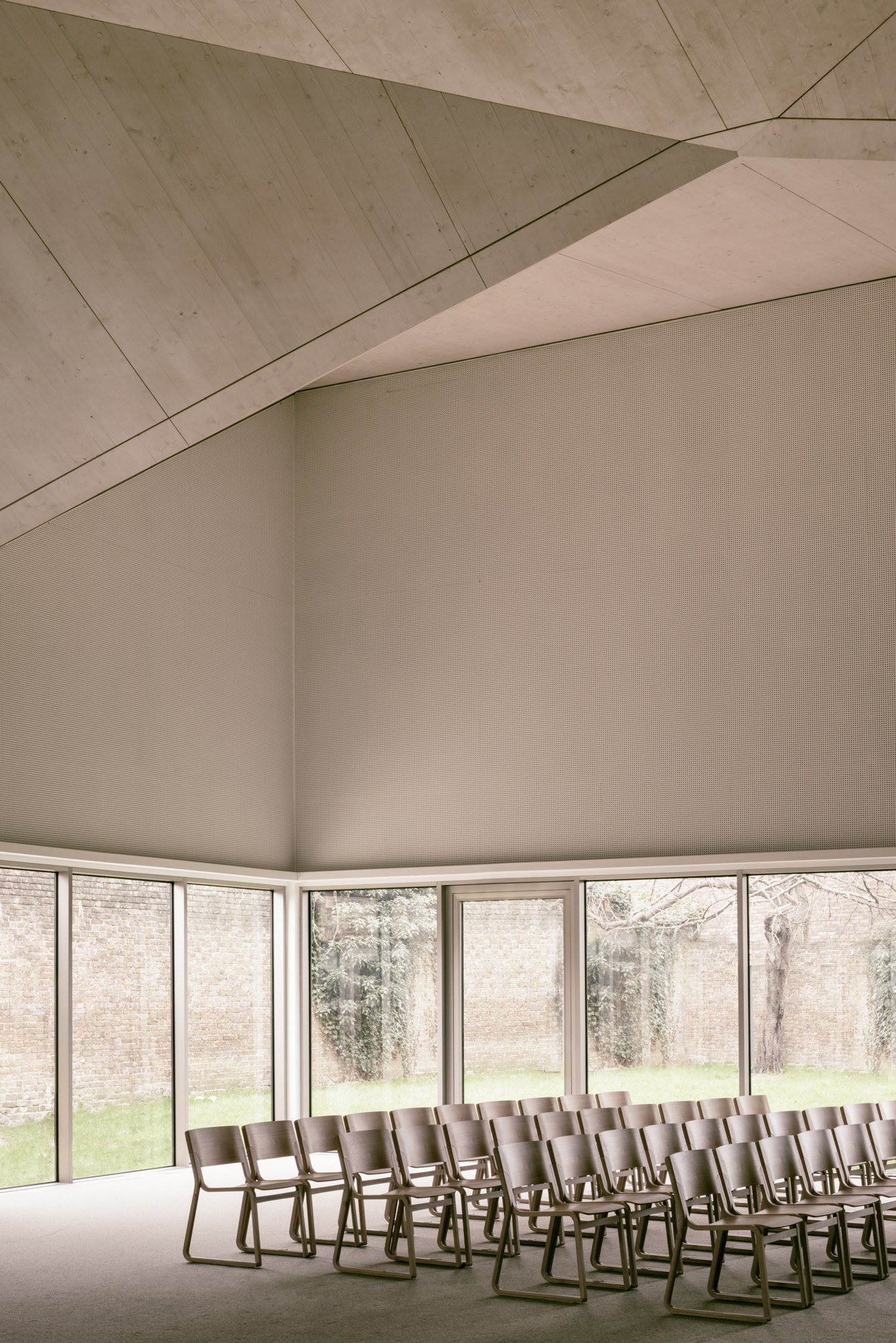
Expanding the interior dramatically, both in terms of size and visual impact, the addition creates room for some 250 people, in a warm and light-filled space. The origami-style pleated top both references the area's pitched roofs but also through its abstract form brings a contemporary, sharp feel to the whole through its crisp angles and folds.
RELATED STORY

‘The soaring ceilings and vaulted spaces of traditional church architecture offered a key reference point for the church’s form', explain the architects. The roof's dynamic geometries were created with steel framing and cross laminated timber, in pre-fabricated panels (for speed in construction). The folds also serve a symbolic role. ‘As the roof rises towards the front of the site, the folds peak in an abstracted spire, signalling the building’s ecclesiastical function', says practice head Stuart Piercy.
‘We were very interested in the symbolic form of a church, both the internal experience and the external civic expression of the form', continues Piercy. ‘We rarely get the chance to explore this kind of formal expression in our more commercial projects. The church believed in doing something that clearly expressed its spiritual nature inside and out and the challenge was how to protect this ideal with limited resources and negotiating a complex build.'
Attention to detail, immaculate, streamlined design and a sensitive material selection – an approach that is a Piercy signature – work towards an impressive whole. The building also marks Piercy & Co's very first civic building; a great addition to the practice's gem-filled portfolio of residential and office work. It is with good reason then that this project has a special place in Piercy's heart. ‘There are so few opportunities to create new churches, which is very sad as it is such a rewarding typology to be involved with', he adds.
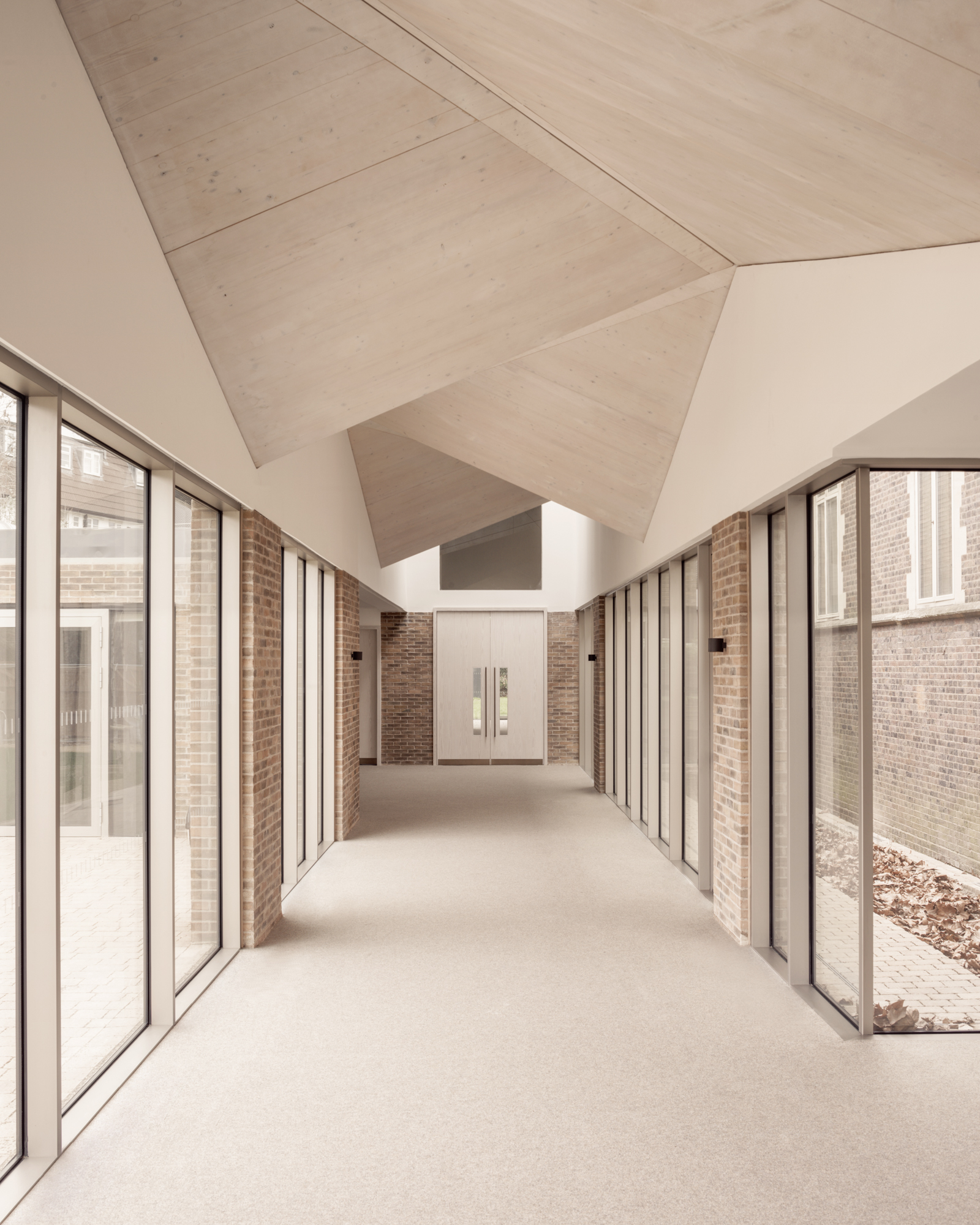
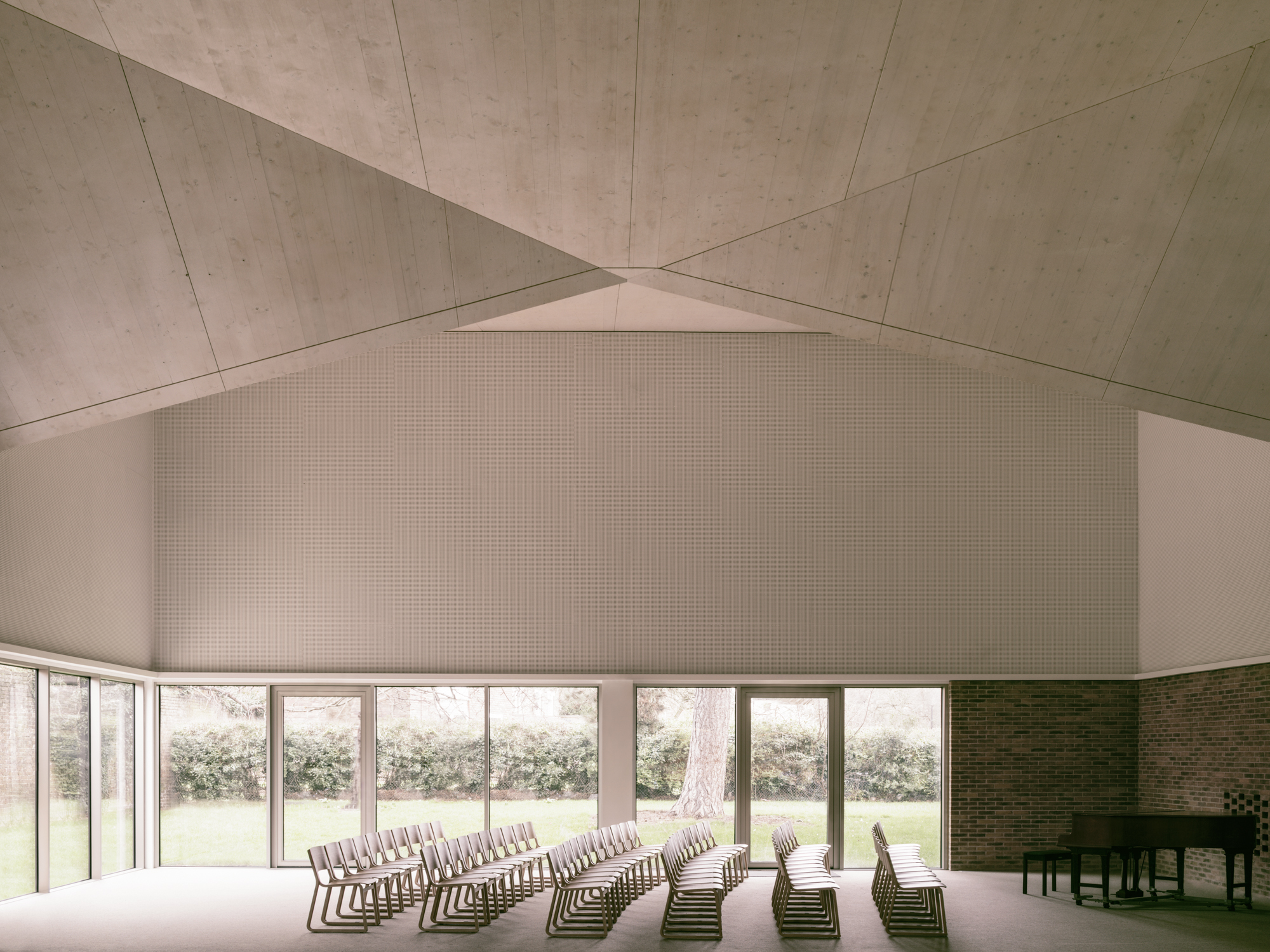

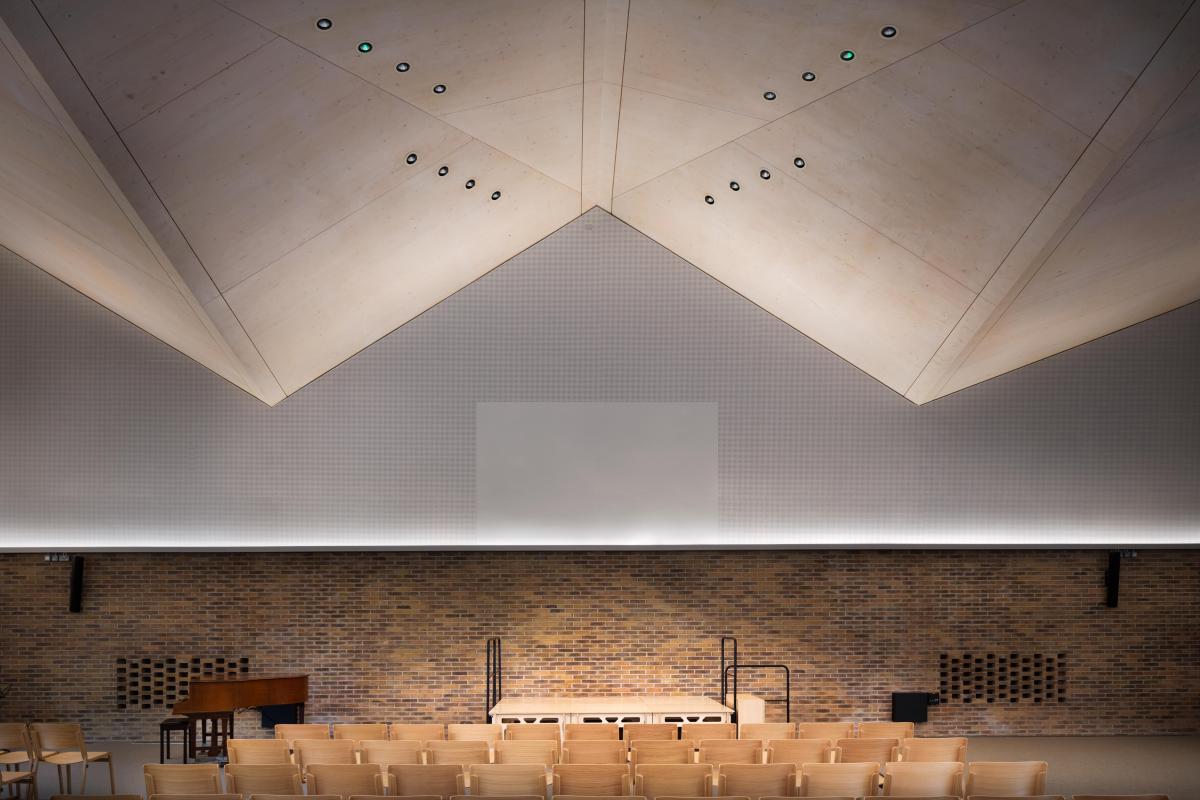
INFORMATION
For more information visit the Piercy & Co website
Receive our daily digest of inspiration, escapism and design stories from around the world direct to your inbox.
Ellie Stathaki is the Architecture & Environment Director at Wallpaper*. She trained as an architect at the Aristotle University of Thessaloniki in Greece and studied architectural history at the Bartlett in London. Now an established journalist, she has been a member of the Wallpaper* team since 2006, visiting buildings across the globe and interviewing leading architects such as Tadao Ando and Rem Koolhaas. Ellie has also taken part in judging panels, moderated events, curated shows and contributed in books, such as The Contemporary House (Thames & Hudson, 2018), Glenn Sestig Architecture Diary (2020) and House London (2022).
-
 Holland & Holland's Range Rover is outstanding in its field: shoot the breeze in style
Holland & Holland's Range Rover is outstanding in its field: shoot the breeze in styleCan you spare half a million pounds for a glorified four-wheeled gun cabinet? If so, the Range Rover Holland & Holland Edition by Overfinch might be the perfect fit
-
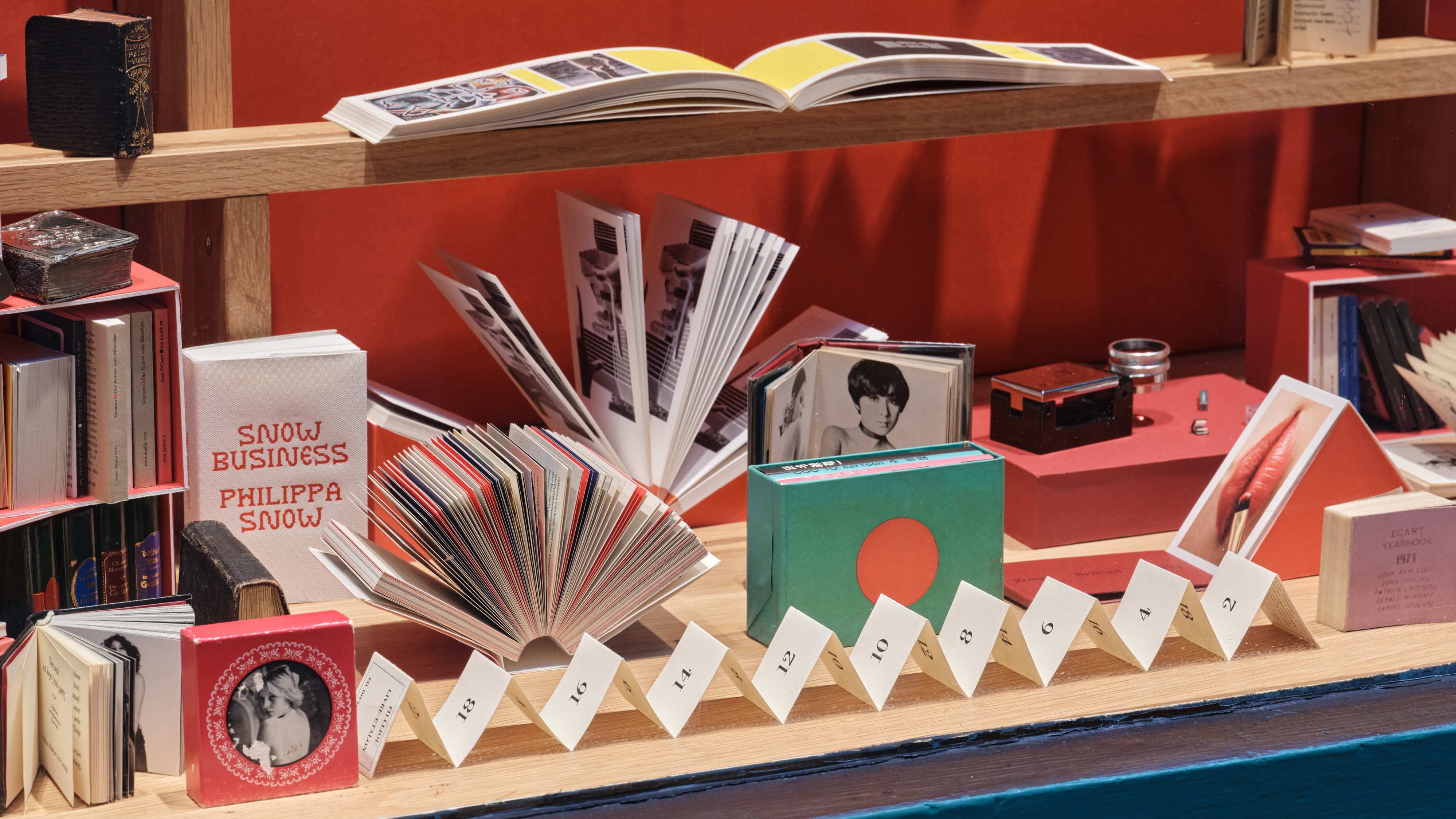 Veronica Ditting’s collection of tiny tomes is a big draw at London's Tenderbooks
Veronica Ditting’s collection of tiny tomes is a big draw at London's TenderbooksAt London bookshop Tenderbooks, 'Small Print' is an exhibition by creative director Veronica Ditting that explores and celebrates the appeal of books that fit in the palm of your hand
-
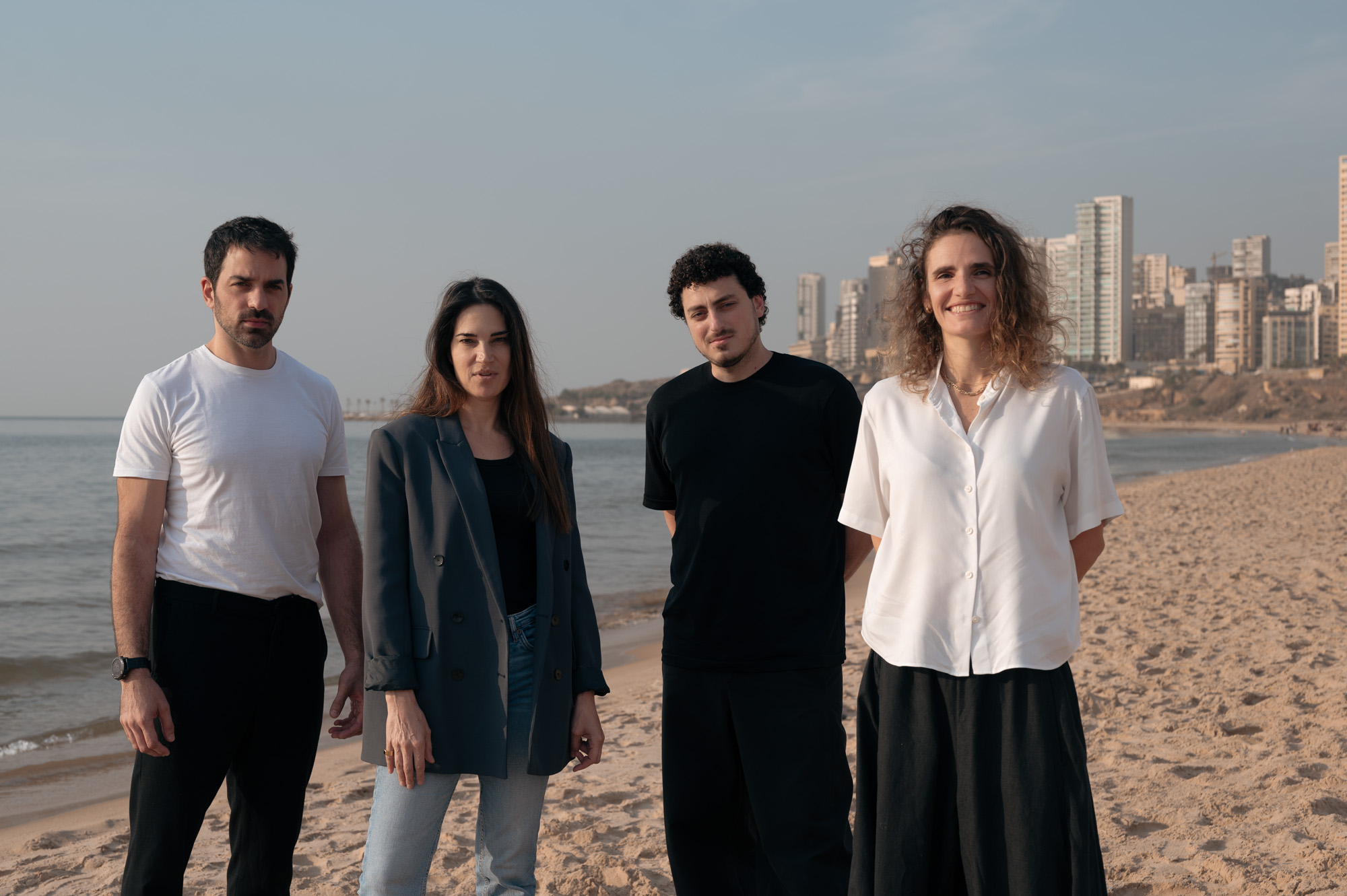 How Beirut's emerging designers tell a story of resilience in creativity
How Beirut's emerging designers tell a story of resilience in creativityThe second in our Design Cities series, Beirut is a model of resourcefulness and adaptability: we look at how the layered history of the city is reflected in its designers' output
-
 Arbour House is a north London home that lies low but punches high
Arbour House is a north London home that lies low but punches highArbour House by Andrei Saltykov is a low-lying Crouch End home with a striking roof structure that sets it apart
-
 A former agricultural building is transformed into a minimal rural home by Bindloss Dawes
A former agricultural building is transformed into a minimal rural home by Bindloss DawesZero-carbon design meets adaptive re-use in the Tractor Shed, a stripped-back house in a country village by Somerset architects Bindloss Dawes
-
 RIBA House of the Year 2025 is a ‘rare mixture of sensitivity and boldness’
RIBA House of the Year 2025 is a ‘rare mixture of sensitivity and boldness’Topping the list of seven shortlisted homes, Izat Arundell’s Hebridean self-build – named Caochan na Creige – is announced as the RIBA House of the Year 2025
-
 In addition to brutalist buildings, Alison Smithson designed some of the most creative Christmas cards we've seen
In addition to brutalist buildings, Alison Smithson designed some of the most creative Christmas cards we've seenThe architect’s collection of season’s greetings is on show at the Roca London Gallery, just in time for the holidays
-
 In South Wales, a remote coastal farmhouse flaunts its modern revamp, primed for hosting
In South Wales, a remote coastal farmhouse flaunts its modern revamp, primed for hostingA farmhouse perched on the Gower Peninsula, Delfyd Farm reveals its ground-floor refresh by architecture studio Rural Office, which created a cosy home with breathtaking views
-
 A revived public space in Aberdeen is named Scotland’s building of the year
A revived public space in Aberdeen is named Scotland’s building of the yearAberdeen's Union Terrace Gardens by Stallan-Brand Architecture + Design and LDA Design wins the 2025 Andrew Doolan Best Building in Scotland Award
-
 The Architecture Edit: Wallpaper’s houses of the month
The Architecture Edit: Wallpaper’s houses of the monthFrom wineries-turned-music studios to fire-resistant holiday homes, these are the properties that have most impressed the Wallpaper* editors this month
-
 A refreshed 1950s apartment in East London allows for moments of discovery
A refreshed 1950s apartment in East London allows for moments of discoveryWith this 1950s apartment redesign, London-based architects Studio Naama wanted to create a residence which reflects the fun and individual nature of the clients